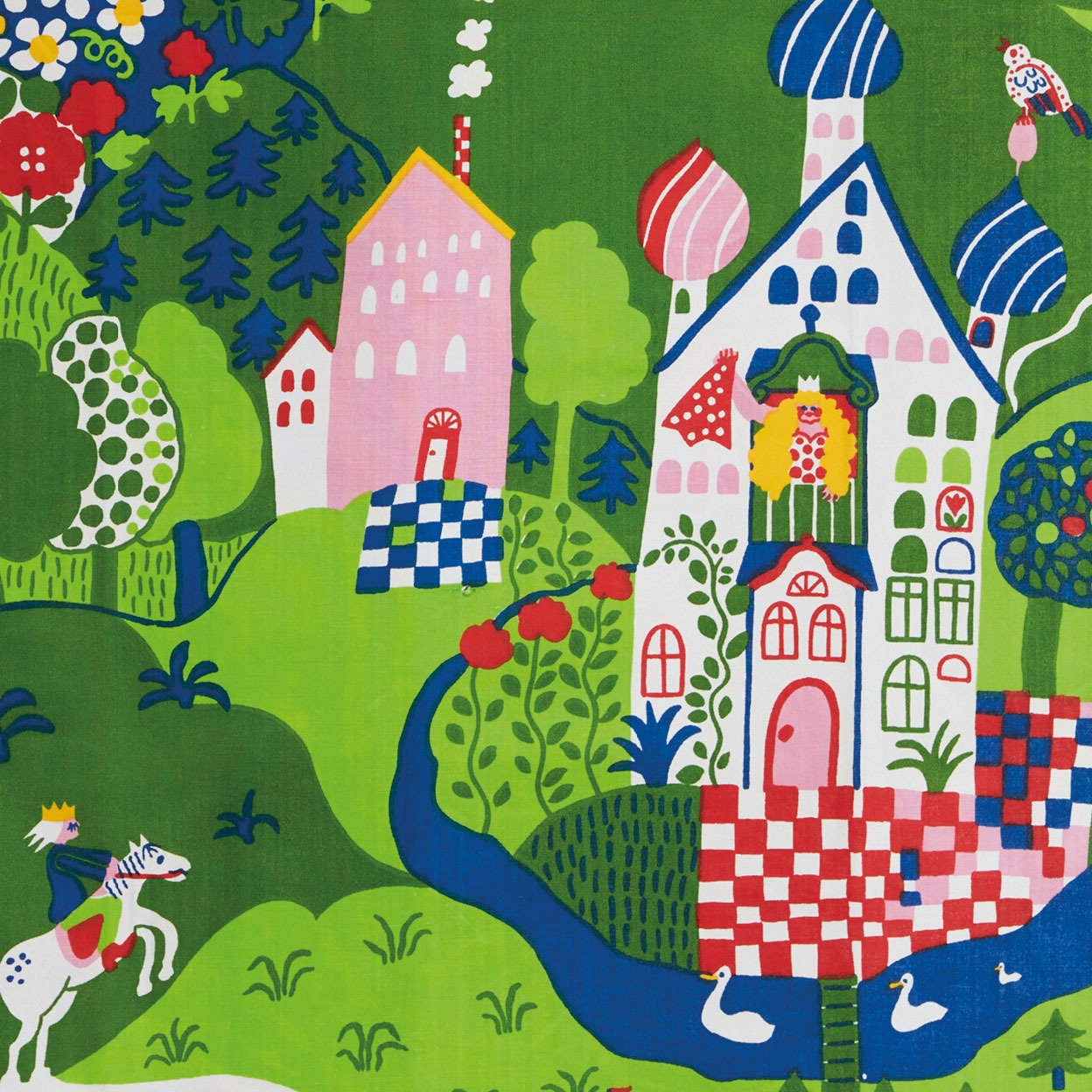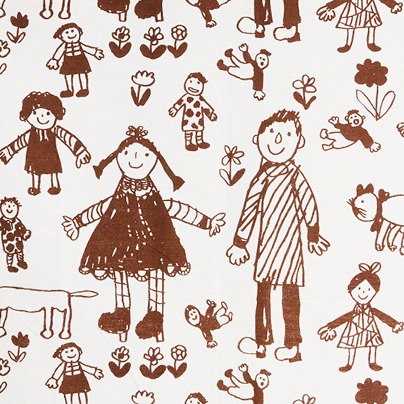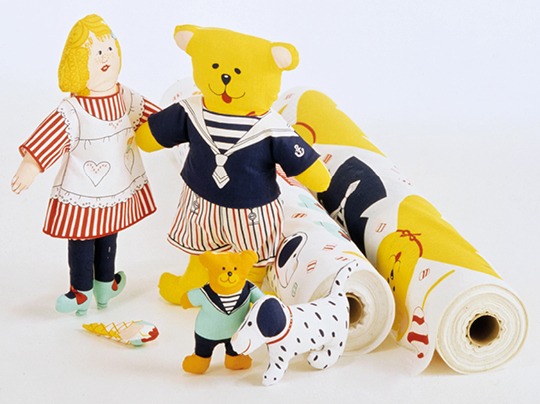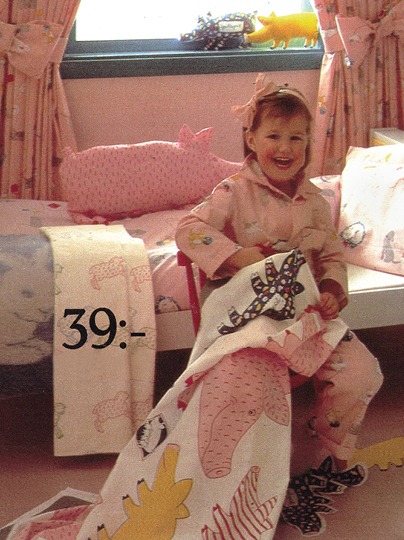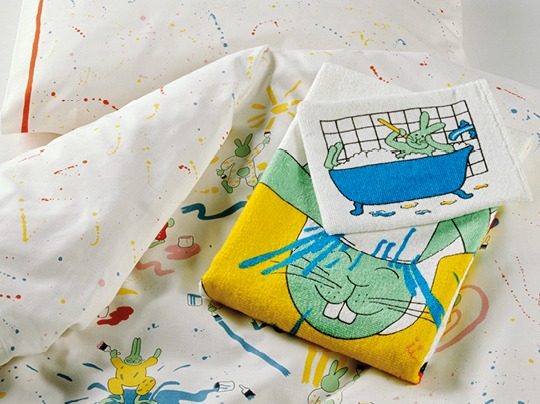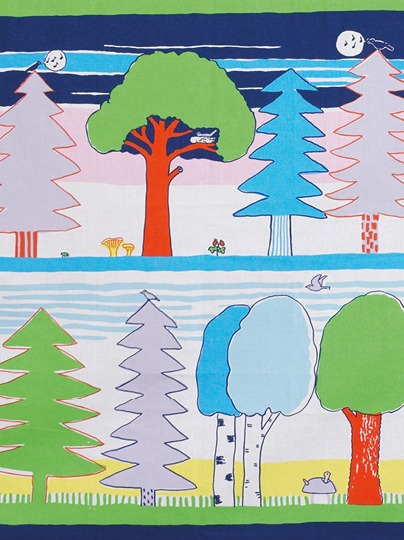65
As a little girl, Anna-Lena Emdén made imaginative clothes for her dolls using patterns she designed herself. She was inspired by her mother, who made all her clothes. Even then, she knew that one day she would work with textiles and patterns. After secondary school, like many girls of her age, she attended a home economics course where she learned everything from cooking to weaving. “I wasn’t very good in school, but here I suddenly received praise,” she remembers.
Strengthened by her teachers’ encouragement, Anna-Lena took a job at a wool factory before going on to study at the Swedish Textile Institute and then a short period at The Art Industrial School in Finland. Word of her innovative patterns spread quickly, and even before graduating – barely 20 years old – she received a job offer from the classic Swedish textile company Almedahls. As one of their two designers, she created playful children’s patterns that inspired many of her contemporaries to also let loose with colourful mushrooms and flowers.



